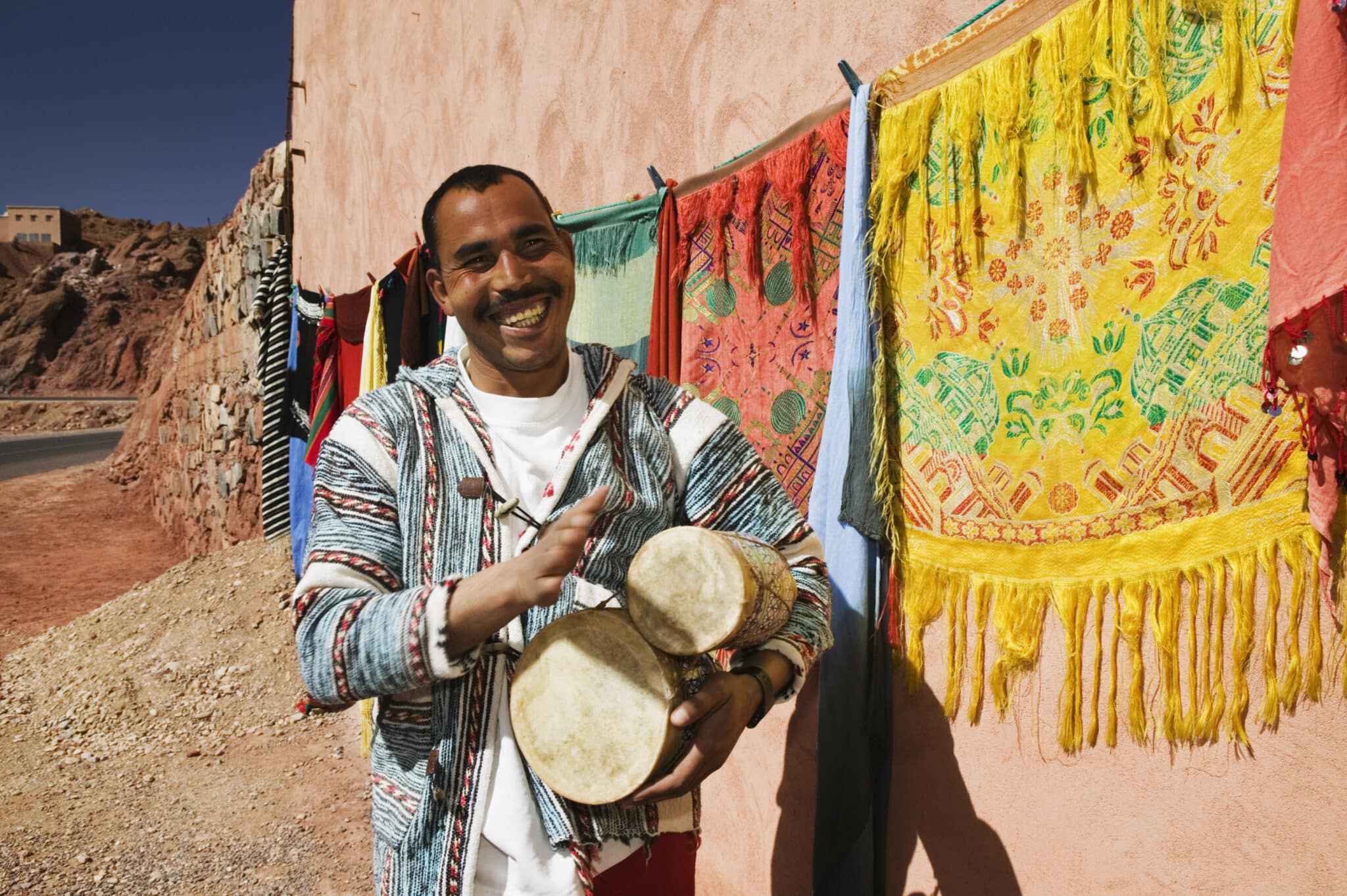By Saema Somalya, Chief Legal and Corporate Affairs Officer, Remitly
Earlier this week, I had the honor of participating in the Center for Financial Inclusion’s annual Financial Inclusion Week event, where I delivered a virtual keynote exploring the critical role remittances play in strengthening the resilience of the global communities we serve. As we look at today’s world, it’s clearer than ever that remittances are more than just financial transactions, they are lifelines, especially in times of uncertainty. Read on below to learn more or watch my full keynote here.
Around the world, about one in eight people participate in international remittances¹, with $1.8 trillion dollars sent person-to-person across borders each year². These funds represent the largest source of financial support to emerging markets – surpassing foreign direct investment³ – and each transaction is vitally important to the individuals and communities receiving them. The majority of remittances are sent to cover essential needs like food, housing, and medical care4, and have become a lifeline in a world where climate disasters, economic volatility, and geopolitical conflict have become all too common, helping families survive and recover from hardships.
Climate Events
The connection between financial access and climate events is alarming. More than 1 billion unbanked adults (or over 80% of the world’s unbanked population) live in the most climate-vulnerable economies.5 As natural disasters including hurricanes, typhoons, storms, and intense heat waves become more frequent, unpredictable, and severe, it’s often the most economically vulnerable communities that bear the most impact. 6 Research has shown that 58% of adults in climate-risk economies lack financial resilience. Remittances are often the first line of financial defense after these events. Whether it’s securing housing repairs, buying food and clean water, or paying for medical care, remittances offer a direct, fast source of relief that empowers recipients to act immediately.
Rapid Inflation
Inflationary pressures have also become a growing global issue, particularly in low- and middle-income countries where the cost of living has skyrocketed due to factors like supply chain disruptions and currency devaluations. In these circumstances, remittances allow families to safeguard their purchasing power by ensuring they can continue to access food, fuel, and healthcare as local prices continue to rise. Serving countries experiencing hyperinflation can be tricky due to challenges sourcing and pricing illiquid currencies while they are highly volatile. Remitly has been proud to continue serving customers through these periods while many competitors cease or suspend services.
Reducing Friction in Cross-Border Payments
However, those who rely on these funds are all too familiar with the high fees, delays, and outdated infrastructure that often make remittances more expensive, slower, and less accessible than they need to be. At Remitly, we’re addressing these challenges head-on. Our digital-first platform makes the inherently complex process of sending money across borders feel simple, cutting through the red tape so more of our customers’ hard-earned money reaches their loved ones quickly and securely.
Cost
We’ve spent the past decade building a convenient, reliable, and scalable payment infrastructure that is affordable, accessible, and relevant to millions of customers all over the world. Today, our customers are able to send funds around the world at costs that are rapidly approaching— and in many cases achieving—the UN’s Sustainable Development Goal of less than 3%.7 In 2023, the global average cost for customers to send remittances with us, known as our take rate, was 2.39%.8
Speed
We’re equally focused on reducing delays in the transfer process. As of Q2 2024, over 90% of Remitly’s customer transactions disbursed in less than 1 hour.9 Through our Perfect Delivery Promise, we also guarantee that transfers will arrive on time, or we’ll refund your fees. We’re able to accomplish this through our global network of trusted disbursement partners and advanced treasury management systems which ensure that liquidity is available when and where it’s needed. As a result, our customers have a choice of delivery methods, including the ability to send funds within minutes or even seconds to a variety of disbursement providers across the globe, offering the speed and reliability they need, especially in urgent situations.
Reliability
Remitly has also built a world class onboarding and risk program that enables customers to validate their identity using forms of ID that are reflective of their global profile, while still upholding the highest level of security and compliance with international regulations. For example, Remitly does not require social security numbers or stationary addresses for small dollar transactions sent by globally mobile workers like seafarers. We know that they hail from numerous countries around the world and often do not maintain a permanent address – their permanent address might be a ship! We are able to offer these alternatives by maintaining strong dialogues with regulators and embracing emerging technologies to further drive down unnecessary friction for customers. For example, our AI-driven models help detect and prevent fraud and financial crime by evaluating thousands of transactions per hour, ensuring that we protect customers while reducing delays.
Policy Considerations and the Future of Remittances
While significant progress has been made to make remittances more affordable, fast, and accessible, challenges remain.
One major barrier to financial access is de-risking, a practice of many banks who deem low dollar remittances to be “high risk” and either decline transactions or subject customers to heavy friction and delays. This prevents nonbank partners like Remitly from sending money through the transnational financial system as quickly and affordably as we would like. De-risking disproportionately impacts vulnerable communities that rely on remittances, cutting off access to trusted financial services for those who need them most. As noted in a recent Treasury Department report, regulators should examine banks to intentionally balance between risk prevention and access creation, to help encourage the penetration of access for everyone.
There is also a tremendous opportunity to reduce costs and increase the speed of remittances by granting well-regulated payments companies access to federal payment rails. Central banks in the UK, Brazil, and India have already done this for small dollar transactions, resulting in faster and more affordable transfers, and the Federal Reserve is exploring similar access for payment companies in the US, which we believe could deliver significant cost and time savings to our customers around the world.
Our Commitment to Strengthening Community Resilience
Remittances play a vital role in strengthening the resilience of communities around the world. Whether communities are navigating natural disasters, economic volatility or other challenges, cross-border payments provide far more than financial relief—they offer stability, hope, and the ability to rebuild in the face of hardship.
At Remitly, we’re committed to continually driving customer-centric innovation so communities around the world can access the fast, reliable, and transparent money movement experience they deserve. We believe that collaboration between fintech companies, policymakers, regulators, and traditional financial institutions is crucial to building more inclusive financial systems, so that no one is left behind.
To learn more about Remitly’s approach to global impact, visit Remitly.com.
–
1 International Fund for Agricultural Development. (2023, June 16). 13 reasons why remittances are important. https://www.ifad.org/en/web/latest/-/13-reasons-why-remittances-are-important
2 Remitly Global, Inc Form 10-K (For the fiscal year ended December 31, 2023)
3 KNOMAD. (n.d.). Migration and Development Brief 39 [Figure 1.1.b, Page 11]. Retrieved from https://www.knomad.org/publication/migration-and-development-brief-39
4 The United Nations Sustainable Development Goals (UN SDGs) are a set of 17 interconnected global objectives established by the UN in 2015 to address a broad range of social, economic, and environmental challenges by 2030. These goals aim to create a more equitable, prosperous, and sustainable world for all. Learn more.
5 Climate Vulnerability and Financial Exclusion Go Hand in Hand: What Can Be Done? (May 15, 2023). Center for Financial Inclusion. https://www.centerforfinancialinclusion.org/climate-vulnerability-and-financial-exclusion-go-hand-inhand-what-can-be-done/
6 Better Than Cash Alliance. (December 3, 2023). Call to action: Responsible digital payments to accelerate climate action. Retrieved from https://www.betterthancash.org/alliance-reports/call-to-action-responsible-digital-payments-toaccelerate-climate-action
7 United Nations. (n.d.). Sustainable Development Goal 10: Reduce inequality within and among countries, 10.c. By 2030, reduce to less than 3% the transaction costs of migrant remittances and eliminate remittance corridors with costs higher than 5%
8 Remitly’s global average take rate (also referred to as “our global average take rate” or “our take rate”) is calculated as revenue divided by send volume, as disclosed in Remitly’s Form 10-K. Remitly’s revenue is generated on transaction fees charged to the customer, as well as foreign exchange spreads between the foreign exchange rate offered to the customer and the foreign exchange rate on our currency purchases.
9 Disbursement speed reflects the time between when Remitly has the customer funds and when the funds are successfully disbursed (e.g., completed or available for pickup)”





